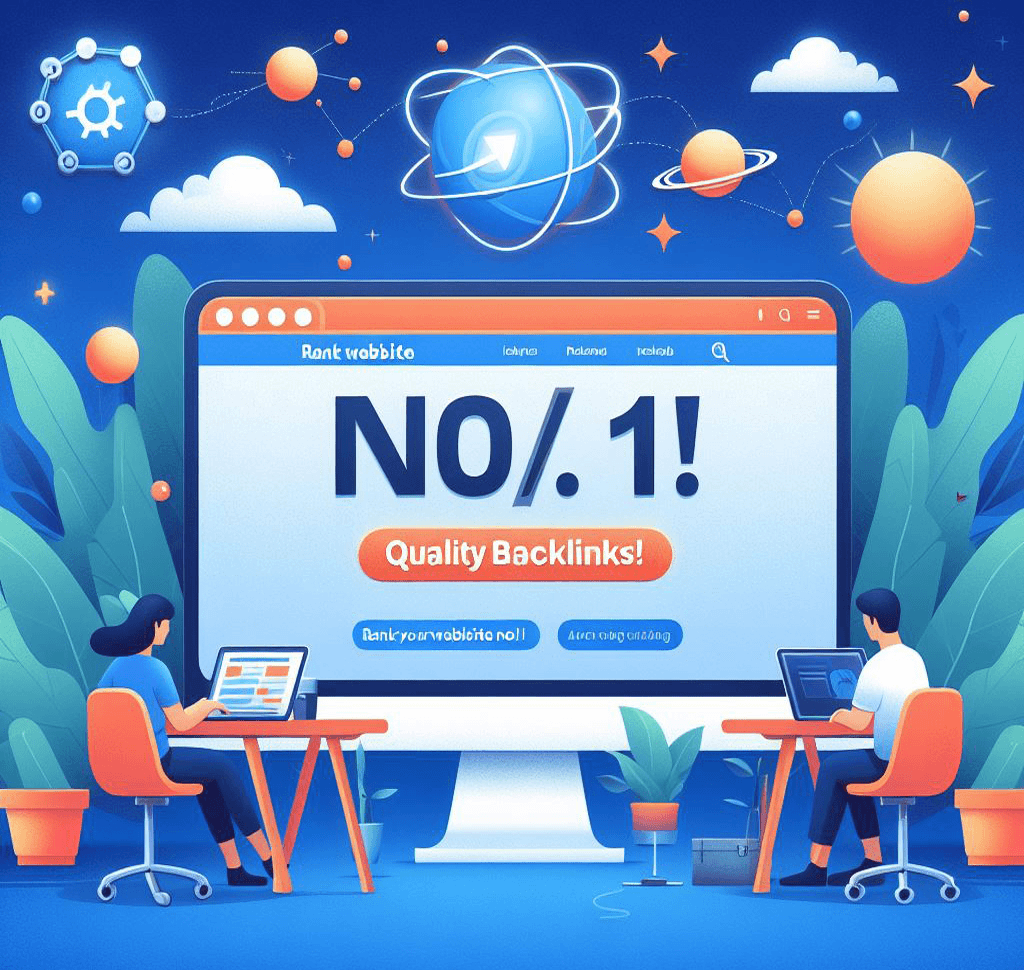In today’s rapidly evolving world, education is undergoing a transformation. As technology continues to advance, traditional methods of teaching and learning are being reimagined. The future of education is being shaped by various trends and innovations that aim to enhance student experiences and prepare them for the challenges of tomorrow.
1. Personalized Learning
One of the key trends in education is the shift towards personalized learning. Gone are the days of a one-size-fits-all approach. With the help of technology, educators can now tailor their teaching methods to meet the individual needs and interests of each student. Adaptive learning platforms and intelligent tutoring systems analyze student data to provide customized learning paths, ensuring that students receive the support they need to succeed.
2. Online and Blended Learning
The rise of the internet has opened up new avenues for education. Online learning platforms and virtual classrooms are becoming increasingly popular, offering students the flexibility to learn at their own pace and from anywhere in the world. Blended learning, which combines online and in-person instruction, is also gaining traction. This hybrid approach allows for a more personalized and interactive learning experience, combining the benefits of face-to-face interaction with the convenience of online resources.
3. Gamification
Introducing elements of gamification into education has proven to be an effective way to engage students. By incorporating game-like features such as points, badges, and leaderboards, educators can make learning more enjoyable and motivating. Gamification not only fosters a sense of competition and achievement but also helps students develop problem-solving skills and critical thinking abilities.
4. Virtual and Augmented Reality
Virtual and augmented reality technologies have the potential to revolutionize education. By creating immersive and interactive learning experiences, students can explore virtual worlds, visit historical sites, or conduct experiments that would otherwise be impossible in a traditional classroom setting. These technologies provide a hands-on approach to learning, making complex concepts more accessible and engaging.
5. Artificial Intelligence
Artificial intelligence (AI) is transforming education by automating administrative tasks, analyzing student performance data, and providing personalized recommendations. AI-powered chatbots can assist students with their queries and provide instant feedback, while AI algorithms can identify areas where students may be struggling and suggest additional resources or interventions. By harnessing the power of AI, educators can optimize their teaching strategies and better support student learning.
6. Collaborative Learning
Collaboration is an essential skill in today’s interconnected world. The future of education emphasizes the importance of collaborative learning, where students work together to solve problems, share ideas, and learn from one another. Technology facilitates collaboration by enabling real-time communication and collaboration tools, allowing students to connect and collaborate with peers from around the globe.
7. Data-Driven Decision Making
Data analytics has become an integral part of education. By collecting and analyzing student data, educators can gain insights into student performance, identify areas for improvement, and make informed decisions to enhance teaching and learning. Data-driven decision making helps personalize instruction, identify at-risk students, and measure the effectiveness of educational interventions.
8. Lifelong Learning
In today’s fast-paced world, learning does not stop at graduation. The future of education recognizes the importance of lifelong learning. Continuous skill development and upskilling are essential to adapt to the changing job market and technological advancements. Educational institutions and employers are increasingly offering online courses, micro-credentials, and lifelong learning programs to ensure individuals remain competitive in their careers.
As the future of education unfolds, these trends and innovations will continue to shape student experiences. Personalized learning, online and blended learning, gamification, virtual and augmented reality, artificial intelligence, collaborative learning, data-driven decision making, and lifelong learning are just a few of the ways education is evolving to meet the needs of today’s learners. By embracing these advancements, we can create a more inclusive, engaging, and effective educational system that prepares students for the challenges and opportunities of the future.



